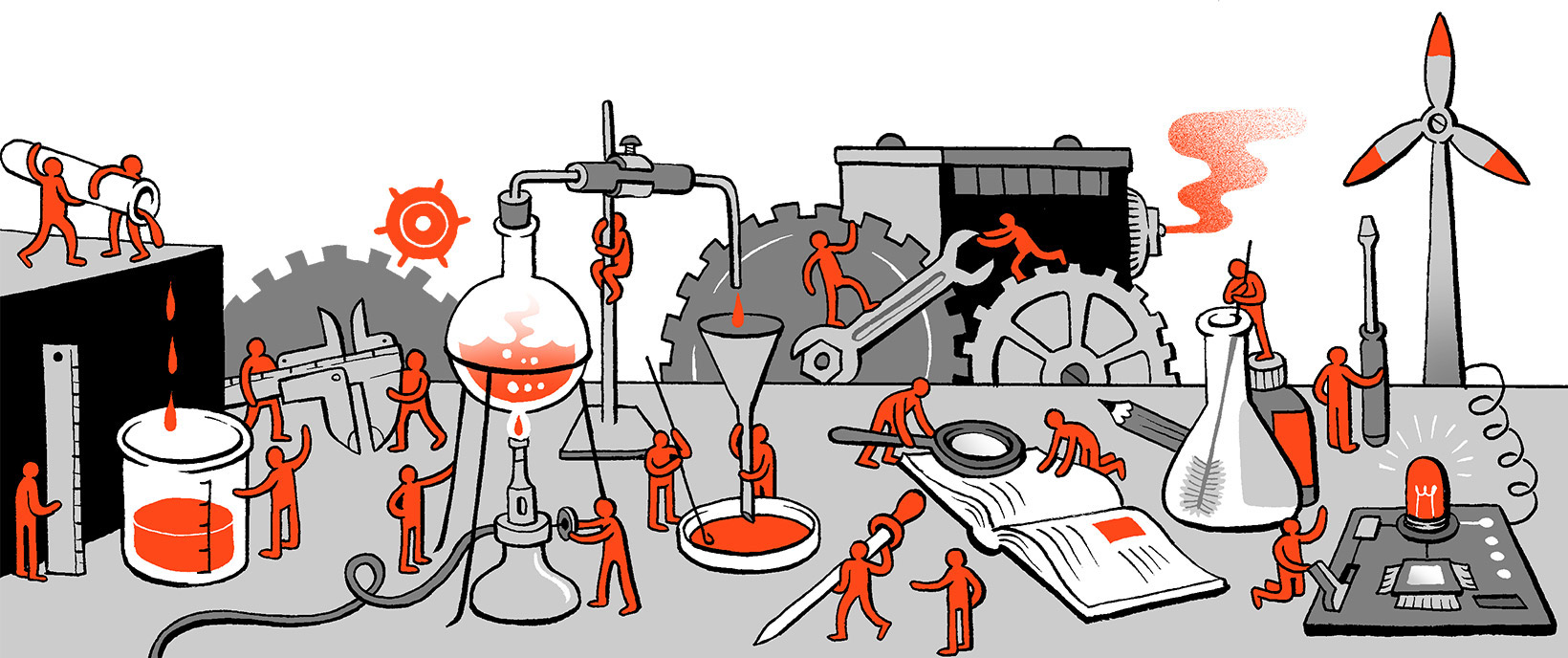The single biggest funder of basic and applied scientific research is the Federal Government. Since 1976, the Federal Government has spent about one percent of the GDP on R&D (1.2% in 1976 and 0.8% in 2018). Shockingly, more than half of this money is spent on military R&D with the vast majority of this, close to $50 billion dollars a year, going to weapons and atomic weapons. Whereas almost all basic research – the “R” of R&D – is performed by universities or the internal arms of agencies like the National Institute of Health (intramural), more than half the federal money for development – the “D” of R&D – goes either straight to corporations (industry) or to public-private partnerships between governments labs and military contractors/universities (FFRDCs).
What kind of things are being funded by the Federal government? Nearly 70% of the research budget goes to life science research and space-related research, while general science and research on natural resources and energy make up less than 20% of funding.
The private sector often touts the large amount they spend on R&D. Yet, a closer examination shows very little of this money goes towards research. According to most recent National Science Foundation (NSF) data less than 7% of industrial R&D expenditures were used for basic research, and a little more than 13% for applied research. The vast majority, close to 80%, of all R&D is actually development, with a recent NSF analysis suggesting that almost a third of all R&D spending by industry is used for software development. Even these numbers probably exaggerate the amount of industrial research funding since they do not account for further public subsidies for R&D through acts such as the R&D Tax Credit that give tax breaks for R&D expenditures by business.
Collectively, these numbers paint a clear picture. The conflation of research with development serves to hide the class nature of the current scientific project. Close to half of all Federal R&D funds go directly to subsidize corporate profits in the military industrial complex. In contrast, the riskier process of knowledge creation (research) is still almost all funded by tax-payers. However, once promising and profitable avenues are identified, industry privatizes this publicly created knowledge to “develop” new products, often with additional funding from the Federal government.

